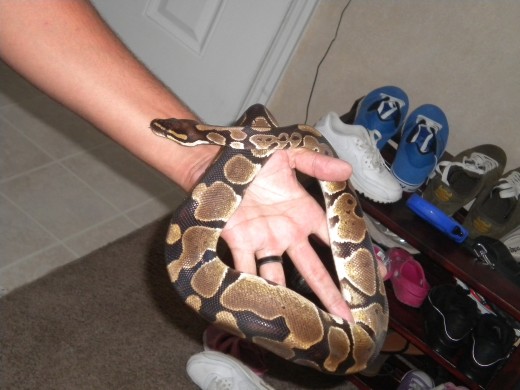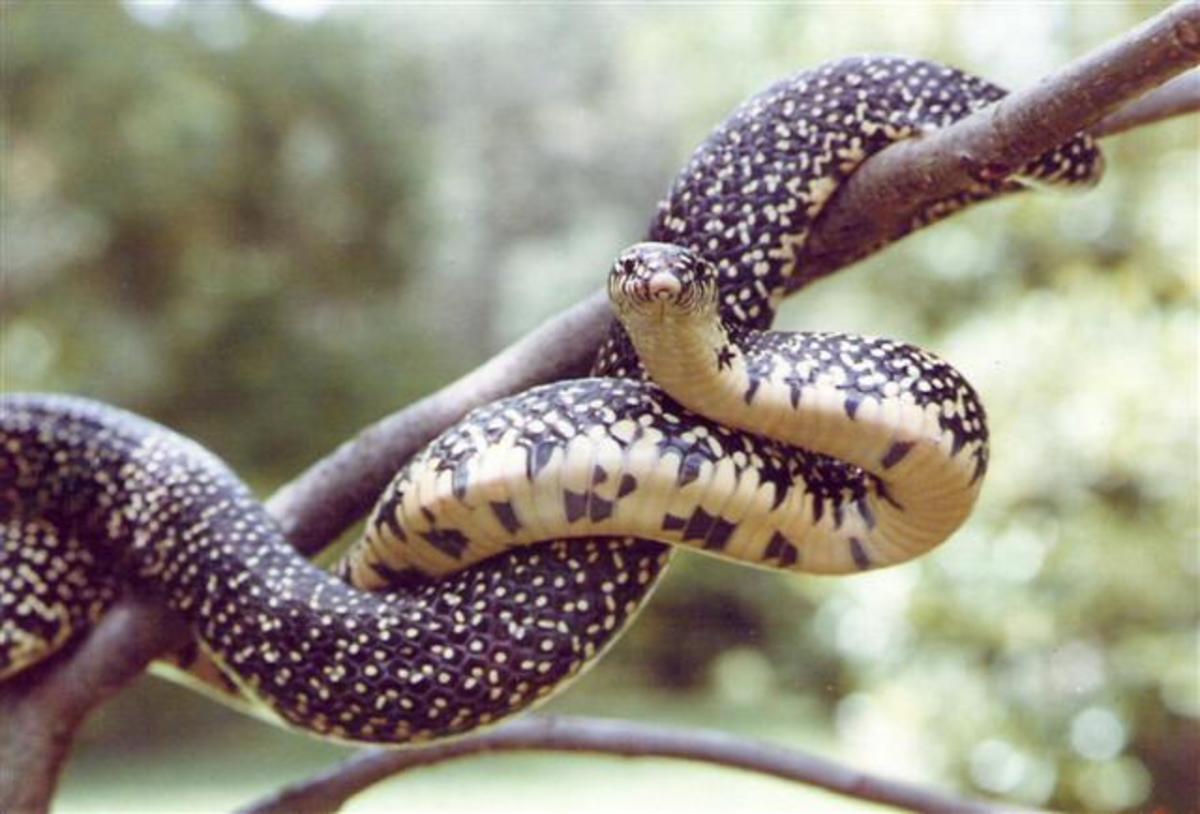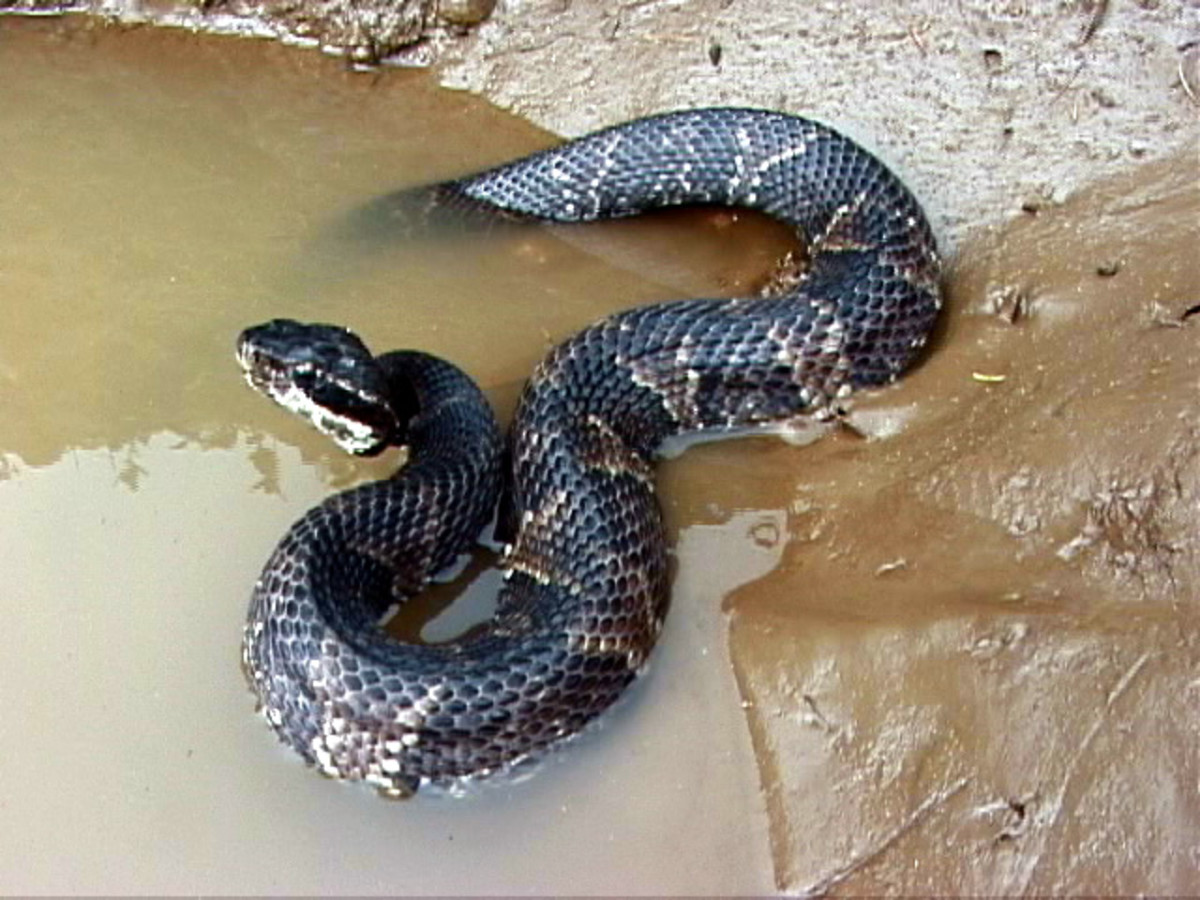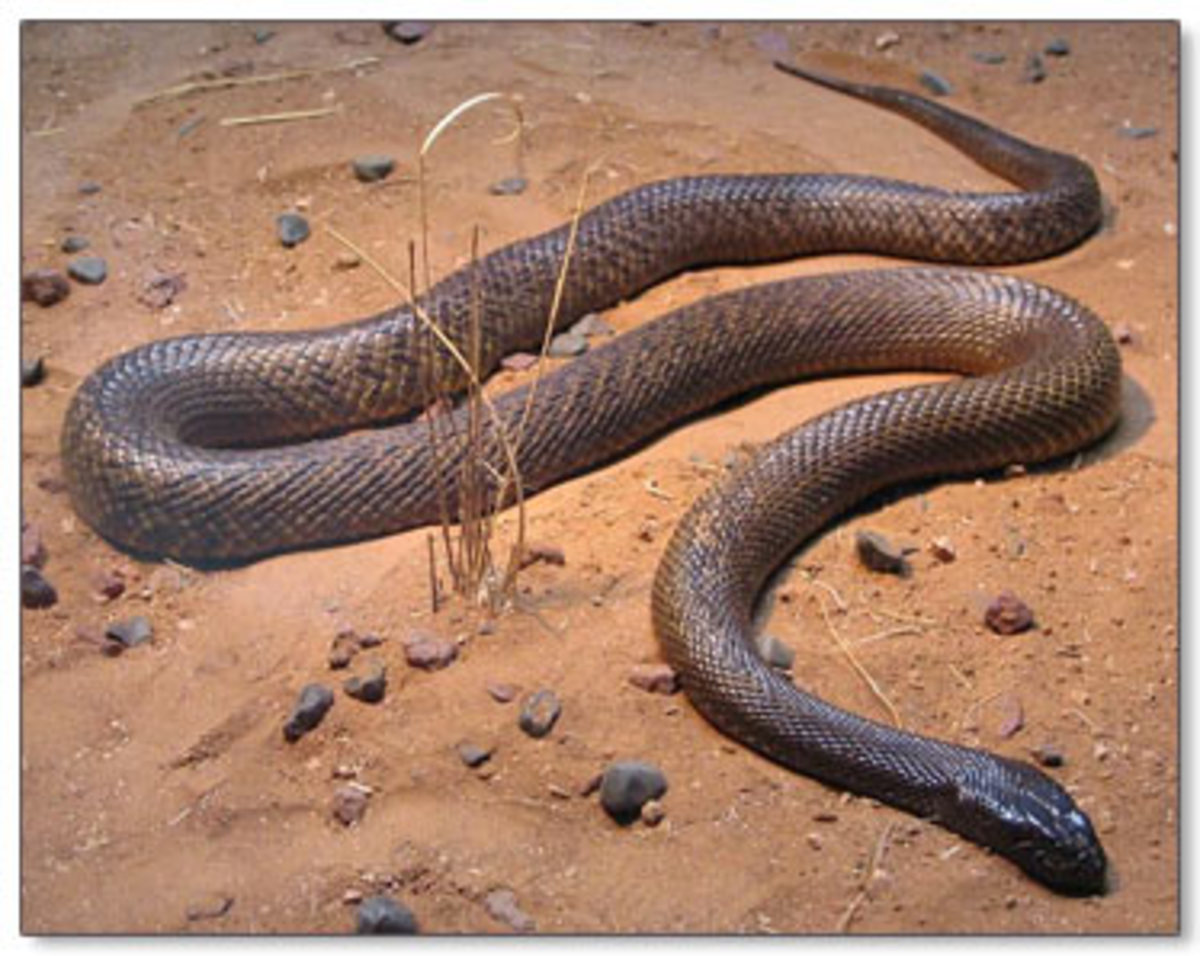Breeding Snakes
Before you get started
The very first thing one should consider when deciding whether or not to start breeding reptiles of any kind is this. Are you truly passionate and dedicated to this, or is it just a temporary thrill or phase that has overcome you? Breeding can be expensive, time consuming, frustrating, and a life long commitment. Throughout this article I will breakdown some of these factors to try to help you say yes or no, and also how. Keep in mind this is my opinion and i will tell you some things that i would have done differently and try to help you avoid some costly and painful mistakes so that you can have as much success as possible. Like anything in life, it is going to have its up and downs, but If you follow my advice hopefully it will be more ups and less downs.
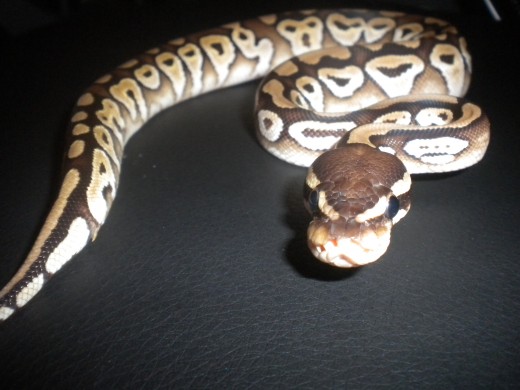
Choosing a species
One of the biggest impacts on your breeding program will be the species. Take into consideration when buying that cute little ball python that he is going to be your responsibility for the next 30 or even 40 years. Thats right, in captivity with a will informed owner a ball python will outlive just about any animal you could ever have as a pet besides a turtle or parrot. Do realize however most people don't have dozens of parrots or tortoises, and if they do im sure they have been on hoarders. With that said, these snakes will need your time for 30 years, your money for 30 years, and your....well thats pretty much it. Moving on to cover a few other species, lets talk about large snakes such as burmese, and reticulated pythons as well as anacondas. First of all these are not beginner snakes, especially to be breeding. I will admit I bought my first snake and 6 months later I had 19 snakes to include a burmese python. The burmese will take 8 - 10 years to get to a size that will be too much for me to handle alone, so i think i have enough time to get some experience. These large snakes will once fully grown be comsuming some costly meals, require alot of time to handle and care for, not to mention space. The only other area with snakes i could possible talk about is venomous. I do not suggest breeding, owning, or even holding a venomous snake. Many people collect venomous snakes and breed them and thats fine. I guarantee you the minute you get bit by that snake absolutley NONE of it will have been worth it and you will be overcome with regret. Some people have the venom glands removed. People will argue that this is safe, and others will argue that they can grow back. I say i would rather not take the chance and keep all of my fingers and toes attatched and hemotoxic or neurotoxic venom out of my blood.
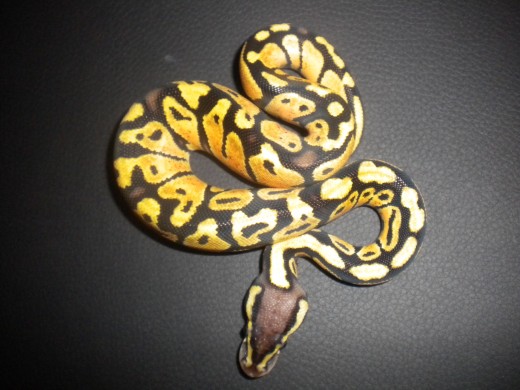
The Cost
This will be brief. Lets say you have one snake rack that holds 20 snakes, which is what i suggest be your max for your first 2 years of breeding as a beginner. you will need the following.
A snake rack - $150 - $800 (home made / proffesional)
5 Large bags of substrate - $60 - $100 (monthly)
20 plastic tubs - $100 - $120 (If your rack dosn't come with them)
20 water bowls - $20 - $50
20 mice - $35 - $45 (montly) (price based off live mice)
Heating system for the rack - $220 - $300
20 hide boxes - $100
accesories i.e. cleaners, vitamins, hemostats ect. - $50
Now there is a way around this. Try to find some used racks online or building one yourself can save you alot of money. Also instead of buying substrate you can use newspaper for free. Instead of buying hide boxes you can make your owns out of cardboard scraps, shoe boxes, cereal boxes, pretty much anything cardboard. For one rack that hold 18 snakes to include the rack, tubs, heating system, hide boxes, water bowls, and substrate, I spent about $425 dollars. That was with making everything myself and saving every penny i possible could.
Now as far as food goes. This is one monthly bill there is no way around. I have a snake the size of a marker to a snake the size of Leg. With that said I buy some frozen and some live. If all of your snakes eat frozen this is great because they are alot cheaper and easier to deal with. I can buy 200 dollars worth of frozen mice and rats and it will last me about 6 months. Live mice are a little more pricey depending on where you go.
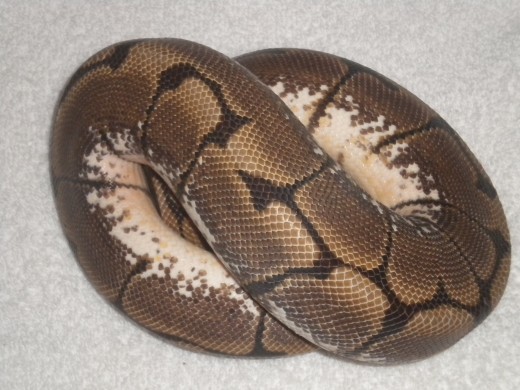
The time
Feeding 1 snake usually take about 2 minutes once a week. Feeding 20 snakes takes about 2 to 3 hours depending on the cooperation of the snakes and if your cleaning their cages as well.
So keep that in mind. My collection consists of 18 ball pythons and one burmese python. I feed 13 snakes on friday and the other 6 on sunday. One time i was out of town for the weekend and decided to feed all of them at once when i got back and it took my almost 6 hours. Now i will say this was because i was feeding them one at a time which isnt something I usually do, but still. Be prepared to devote that time to caring for these snakes.
The only other way they can take up your time is by you handling them. They should be handled every day if you want them to be tame. I can't do that with two kids, a wife, 2 dogs, a cat, and a bearded dragon, so once a week for 10 - 15 minutes is usually how much I handle them. With that minimal handling they still are not mean they are just a little more jumpy and deffinatley very defensive when your first taking them out of their cage.
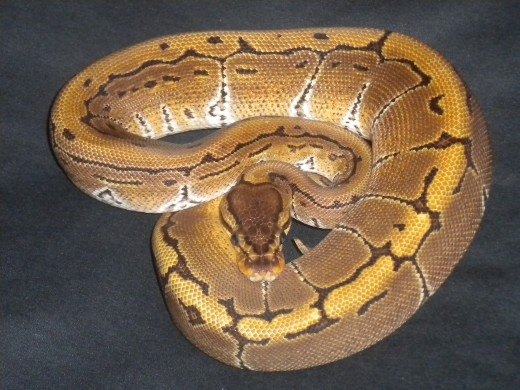
The breeding process
Now that you have decided that breeding snakes is for you here is MY SUGGESTED process. Please do your research, gather different opinions, and make a decision you feel is right.
I am going to break this down barney style but I am not going to go into serious detail. This process is what I used with my ball pythons, but I am going to do my best to make it pertain to all species of snakes.
First things first you need a male and a female snake. Believe it or not thats how it works. Ok so you have your male and female, now you need to ensure that they are sexually matured and of appropriate size (weight) to breed. For ball pythons this will be 1500 grams for females at the least, and 750 grams for males, at the least. The reason they need to be a certain weight is because they need to be old enough to have functioning sex organs and also healthy enough for reproducing. The male does not need to be as heavy as the female because he does not have to carry eggs inside of him. The female needs to have a large enough body to support a clutch of eggs and have enough fat on her to ensure the eggs survive.
The next step is to make sure you are introducing (placing in the same cage) your male and female at the appropraite time of year for the species. For ball pythons this is November 1st.
I highly suggest the week proir to introduction you drop the ambient air temperture about 8 - 10 degrees cooler. This will stimulate sperm production in the male and egg production in the female.
So the temperture is down 8 - 10 degrees and a week has passed. Now put the male snake into the females cage and let them do their thing, try to disturb them as little as possible, keep the room as quiet as possible, and not too bright. Their should coil their tails around each other, If you witness this than that means they are gettin it on. You may not see this happen but that okay, unless your watching them non stop 24 hours a day. Let the male stay in their for about 3 days, and take him out for a day, and repeat this until he has been in their about 4 times.
If you strongly believe that they are not doing anything some people say placing another male in the cage could persuade the snake to go ahead and call dibs before the newly introduced male does.If you don't have another male then try mating the male you do have with another female if you have one. Maybe she just wasnt his type.
Once your male has completed his 4 rounds take him out and replaced the snakes into their original homes and correct the tempertures and keep an eye on your female, in a couple months she should start looking swollen in her mid section maybee a little back from the mid section. Then she should start looking lumpy.
Before you know it you should walk in to see your female coiled on top of a nice pile of eggs.
From here you must either let the female incubate them or put them in your own home made or purchased incumbator at a temperture of 89 degrees with a mixture of vermiculite and perilite also with the correct humidity. In approximatley 51 days you should have little baby snakes poking their heads out. Make sure if you move the eggs to never turn them. Whatever side of the egg is the top when you find it, will remain the top unless you want the unborn snake to die. Once the eggs are laid an air bubble forms on the top of the egg, turning the egg makes the fluid in the egg mix with the air bubble and the snake will drown.
I hope this gave you a basic understanding of what you are going to be doing. This is in no way a complete guide to breeding. This is a quick overview. Do lots of research, watch videos, and ask questions, then research some more.
